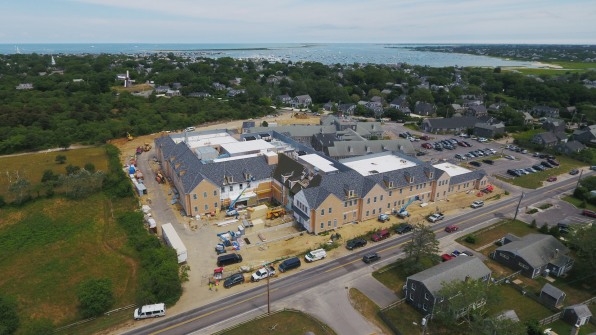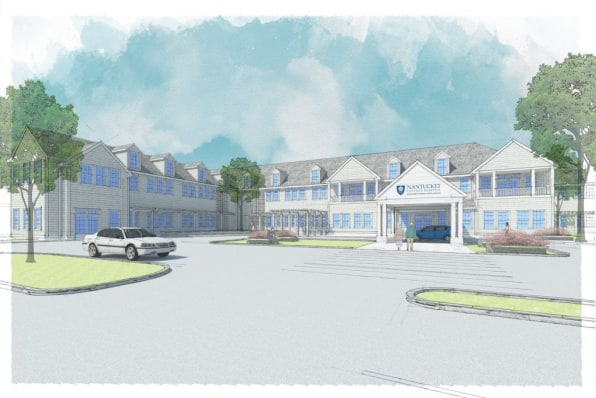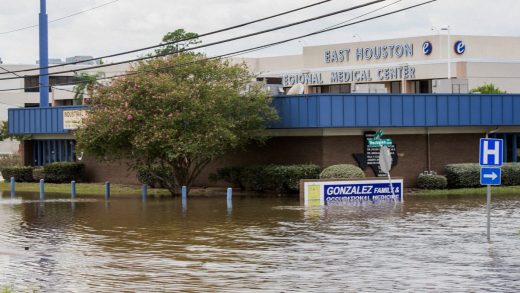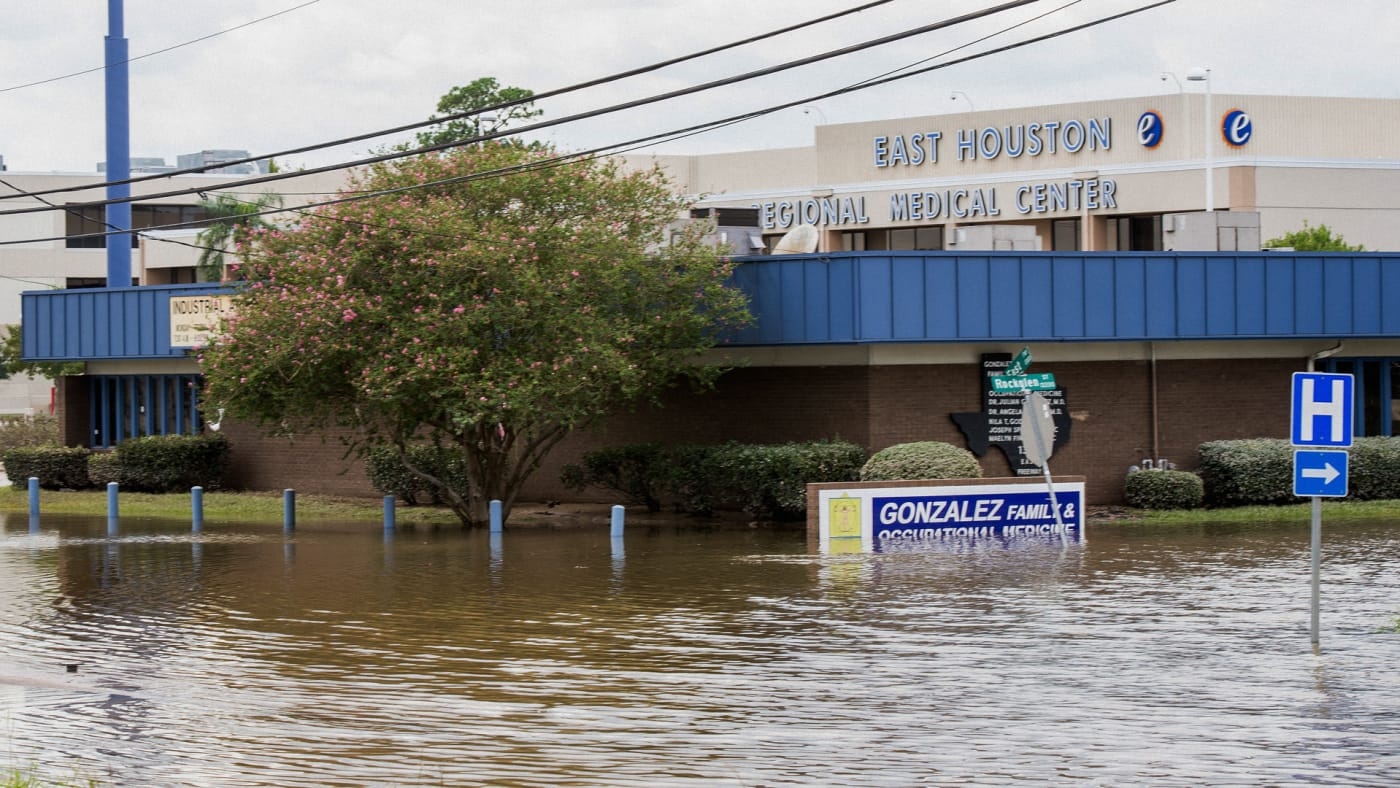As natural disasters get worse, we are going to need more resilient hospitals
When major weather events like Hurricane Florence and Tropical Storm Gordon make landfall, they create chaos for the people, communities, and infrastructure in their path. While many can flee these storms in advance to ensure safety, healthcare institutions must stay operational to serve those in need of care. Decisions to close or evacuate hospitals can lead to life or death for critical patients along with tens of millions in damage.
Given the potential consequences, it’s imperative for healthcare leaders to invest in hospitals and care facilities designed for maximum resiliency. In an age of worsening storms, selecting materials that can withstand 150 mph and higher winds, having plans for sustained power loss, and other resiliency measures should be on the table at the outset of every new building project. Failing to design for resiliency can lead to serious challenges and even tragedy. Consider the following:
These examples and data begin to reveal the serious threats Mother Nature can pose for healthcare facilities. Fortunately, there are actions health systems can take to ensure stronger resiliency today, next year, and long in to the future.

Assess existing buildings’ strengths and weaknesses
Given thousands of healthcare facilities across the country were built years before we understood climate change and resiliency as we do now, numerous existing facilities are ill prepared to face serious weather events. Still, numerous building renovation or modification efforts can bring hospitals up to code or strengthen their resiliency. Here’s a look at key tools health systems can leverage to understand their real estate’s current strengths and weaknesses:
For example, a project we worked on, Nantucket Cottage Hospital on Nantucket Island, faces remarkably different threats than a hospital located on the country’s west coast mainland. Set to open later this year and located on an island, the Nantucket Hospital may need to face hurricane-level winds in the future, but it also needs to be prepared to endure if weather cuts off access to the mainland.
The hospital’s unique location leads to extreme focus on power reliability, access to water, and flexible space. Beyond maintaining care for patients, Nantucket Cottage Hospital may also act as shelter for residents of the island who can’t fly, boat, or jet back to the mainland. Given that every hospital faces its own weather challenges–hurricanes, drought, fire, earthquakes, tornadoes, etc.–it’s important they don’t just rely on common practices and develop customized resilient design plans.

Consider future climate conditions
New healthcare facilities cost hundreds of millions of dollars and should be designed to drive value for 50-100 years. This means buildings can’t just be responsive to current environmental conditions, but also must consider future climates. The prime development land of today may actually be on track to become a floodplain over the next half century.
There are numerous tools, like the U.S. Climate Resilient Toolkit, that help health leaders and designers alike model how climate change will lead to new environmental conditions for any region in the world. These tools can predict future temperatures, sea levels, humidity, and rainfall, among other factors. This predictive information can ensure design teams site buildings to withstand higher temperatures that will develop decades ahead, or that buildings currently not susceptible to inland flooding are equipped to endure it down the line.
Research indicates that major climate change and weather-related events are coming stronger and more frequently than ever before in human history. This means it’s never been more critical for health systems to proactively design for future resiliency. Taking action today can ensure our hospitals are able to deliver health and safety for patients, staff, and communities even in the worst of times.
Mike Cavanaugh and Brett Farbstein lead CannonDesign’s sustainable and resilient design divisions, respectively. They focus on helping companies and communities achieve more sustainable futures.??
(28)



